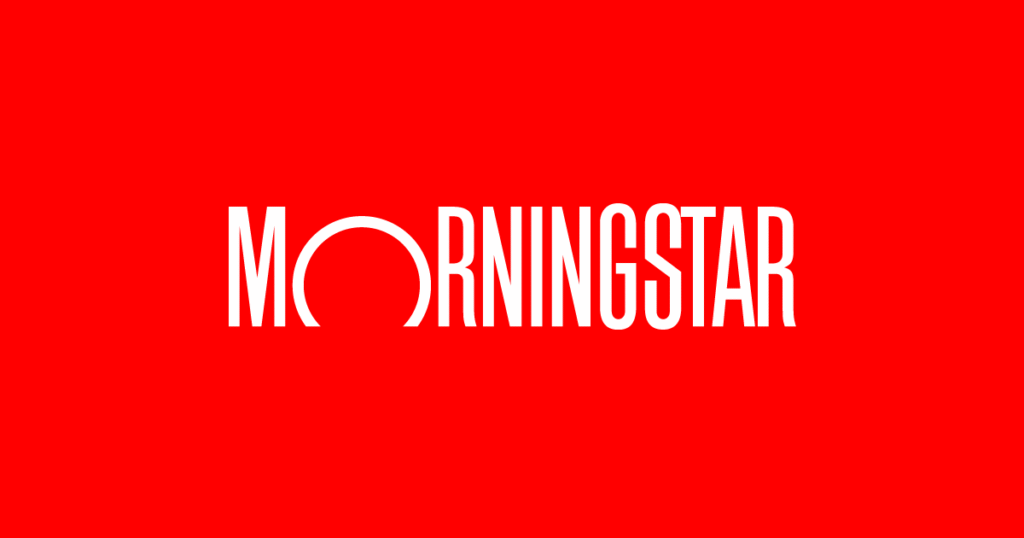By Aarthi Swaminathan
Nearly six in 10 homeowners have applied to refinance a current mortgage, industry data shows
Mortgage rates plummeted to the lowest level in over a year ahead of an anticipated interest-rate cut by the Federal Reserve. Homeowners and home buyers are rushing to seize the moment.
The 30-year fixed-rate mortgage fell 7 basis points to 6.3% as of Oct. 24, as financial markets factored in the possibility of a rate cut for the second month in a row. The Fed is widely expected to cut its benchmark rate on Wednesday in an attempt to stimulate a slowing U.S. economy and job market.
The drop prompted homeowners looking for an opportunity to refinance a chance to jump in.
The data, released ahead of the Fed meeting, came from a weekly report by the Mortgage Bankers Association, a trade group.
Mortgage applications rose about 7% in the past week. Purchase activity, which refers to home buyers applying for mortgages to purchase a home, rose 4.5% from the previous week.
Refinance activity also rose 9.3% from the previous week, and was up 111% from the same week a year ago.
“The average loan size of a refinance application remained elevated at $393,900, as borrowers with larger loan sizes continue to be sensitive to rate movements,” Joel Kan, deputy chief economist at the MBA, said in a statement.
The government shutdown also had an impact on mortgage demand. Applications for mortgages backed by the U.S. Department of Agriculture fell 26.4%, the MBA said, due to the ongoing government shutdown. The agency has paused all new loan approvals and processing due to the shutdown.
Other industry sources also indicated that home-buying and refinancing demand jumped higher as rates fell. More people are locking in a rate with their lenders, so that they don’t miss the boat if interest rates increase later on.
“Overall rate-lock volume is up almost 50% from January 2025, and based on preliminary data, Optimal Blue expects October to be the highest-volume month observed since March 2023,” Mike Vough, head of corporate strategy at mortgage-tech company Optimal Blue, told MarketWatch.
Refinances formed about 40% of rate locks, he added, which is considered elevated. The last time refinances made up 40% or more of rate locks was at the start of 2022, before mortgage rates went up sharply.
Mortgage rates fall across most loan types
The average contract rate for a 30-year mortgage for homes sold for $806,500 or less was 6.3% for the week ending Oct. 24. That was down 7 basis points from the previous week.
The rate for jumbo loans, or a 30-year mortgage for homes sold for over $806,500, was 6.38%, down 1 basis point from the previous week.
The average rate for a 30-year mortgage backed by the Federal Housing Administration was unchanged from a week ago, at 6.12%. Those loans are often used by first-time home buyers.
The average 15-year mortgage rate was down 7 basis points to 5.67%.
The average rate for a five-year adjustable-rate mortgage was up 11 basis points to 5.66% from the previous week.
Who should refinance – and who shouldn’t
When does it make sense to refinance a mortgage, and who’s a good candidate? It all boils down to how new the mortgage is, Bennett Pardue, a certified financial planner at Equitable Advisors, told MarketWatch.
The way mortgages are structured makes them interest-heavy at the start, meaning that when a homeowner first starts paying their home loan, most of their monthly payment goes toward interest during the initial years. Most of their payment only goes toward the principal in the later years, Pardue said.
As rates fall and people “feel intense pressure to refinance,” Pardue said, “they often ignore where they are in the life of their loan.”
So a homeowner who bought their house within the past few years would likely benefit the most from refinancing early, since doing so can save them money over the life of the loan. Homeowners who took on loans in the 7% range between 2022 and 2023 who plan to stay in the home for five years or more are usually good candidates, Pardue said.
On the flip side, homeowners who are deep into their loans – say, 15 to 25 years into a 30-year loan – are often poor candidates, Pardue said.
In that case, a refinance “effectively resets the clock, restarting interest-heavy payments” when they have already progressed to making a dent in their principal, Pardue said.
“Even if the monthly payment drops, refinancing can have damaging results for those later in their loans, costing them more over time,” he added.
Homeowners who choose to refinance right now should also try to pay closing costs up front instead of rolling them into the new loan and kicking the can down the road, Pardue said. The national average for closing costs is about 1.6% of the average sales price of a home, according to Bankrate, or more than $4,600.
Shop around “ruthlessly” to obtain quotes from different mortgage lenders, the CFP added. This involves more work, but it pays off: Homeowners could save about $80,000 over the life of a 30-year loan – or $2,667 a year – by shopping around, according to a report by LendingTree.
-Aarthi Swaminathan
This content was created by MarketWatch, which is operated by Dow Jones & Co. MarketWatch is published independently from Dow Jones Newswires and The Wall Street Journal.
(END) Dow Jones Newswires
10-29-25 0700ET
Copyright (c) 2025 Dow Jones & Company, Inc.

